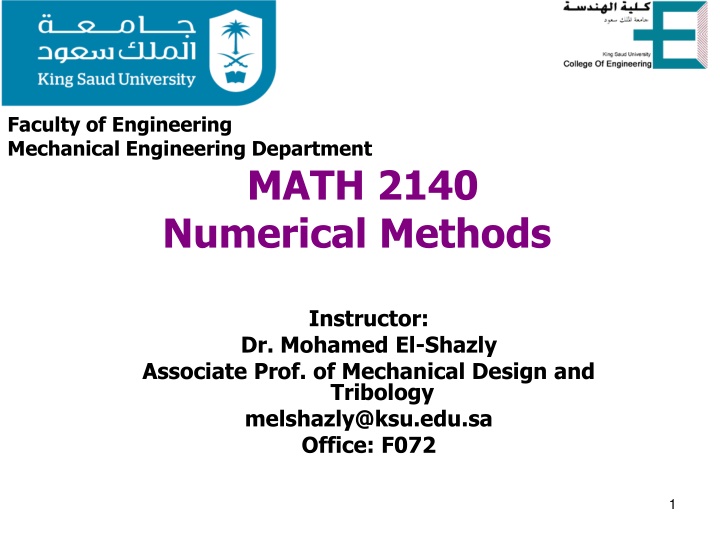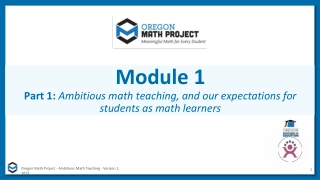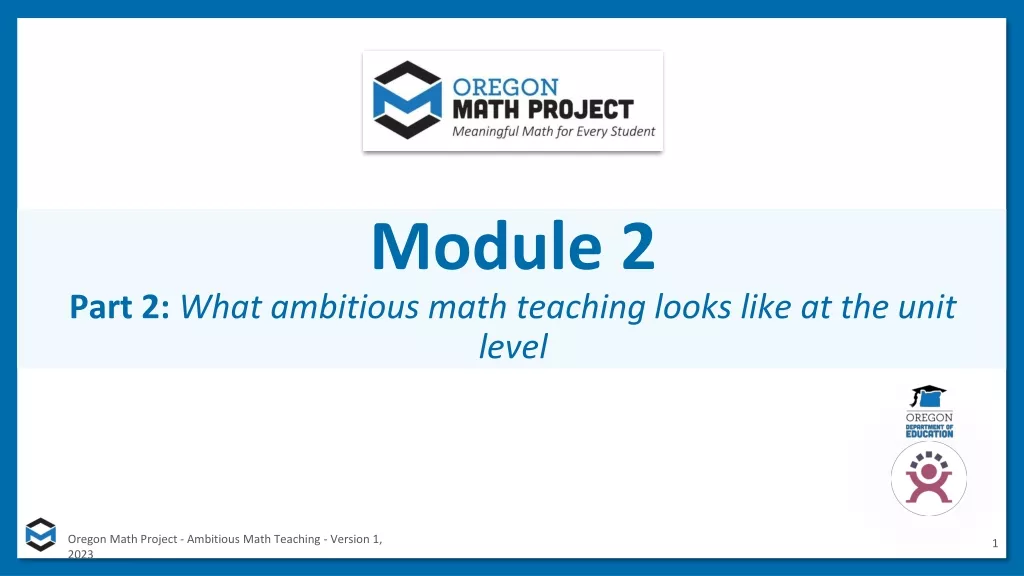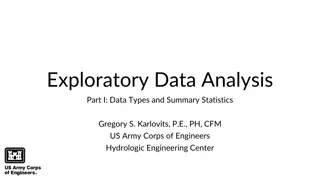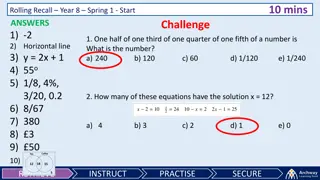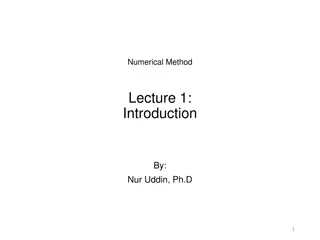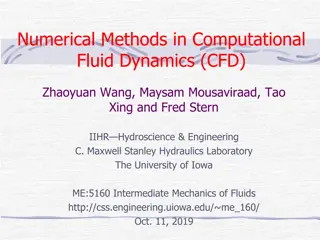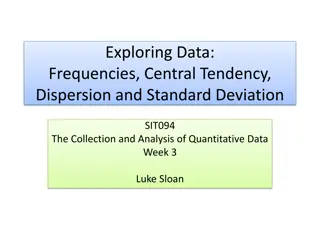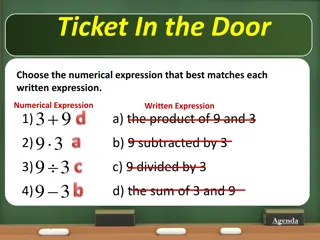MATH 2140 Numerical Methods
Dive into the world of numerical methods for mechanical engineering with a focus on numerical differentiation, finite difference formulas, differentiation formulas using Lagrange polynomials, curve fitting, Richardson's extrapolation, and more. Explore how these computational techniques enhance engineering analysis and problem-solving.
Download Presentation

Please find below an Image/Link to download the presentation.
The content on the website is provided AS IS for your information and personal use only. It may not be sold, licensed, or shared on other websites without obtaining consent from the author.If you encounter any issues during the download, it is possible that the publisher has removed the file from their server.
You are allowed to download the files provided on this website for personal or commercial use, subject to the condition that they are used lawfully. All files are the property of their respective owners.
The content on the website is provided AS IS for your information and personal use only. It may not be sold, licensed, or shared on other websites without obtaining consent from the author.
E N D
Presentation Transcript
Faculty of Engineering Mechanical Engineering Department MATH 2140 Numerical Methods Instructor: Dr. Mohamed El-Shazly Associate Prof. of Mechanical Design and Tribology melshazly@ksu.edu.sa Office: F072 1
SUMMARY OF FINITE DIFFERENCE FORMULAS FOR NUMERICAL DIFFERENTIATION 3
SUMMARY OF FINITE DIFFERENCE FORMULAS FOR NUMERICAL DIFFERENTIATION 4
DIFFERENTIATION FORMULAS USING LAGRANGE POLYNOMIALS The differentiation formulas can also be derived by using Lagrange polynomials. For the first derivative, the two-point central, three-point forward, and three-point backward difference formulas are obtained by considering three points (xi,yi), (xi+1,yi+1) , and (xi+2,yi+2) . The polynomial, in Lagrange form, that passes through the points is given by: 5
DIFFERENTIATION USING CURVE FITTING A different approach to differentiation of data specified by a set of discrete points is to first approximate with an analytical function that can be easily differentiated. The approximate function is then differentiated for calculating the derivative at any of the points (Fig. 8-6). Curve fitting is described in Chapter 6. For data that shows a nonlinear relationship, curve fitting is often done by using least squares with an exponential function, a power function, low-order polynomial, or a combination of a nonlinear functions, which are simple to differentiate. This procedure may be preferred when the data contains scatter, or noise, since the curved-fitted function smooths out the noise. Numerical differentiation using curve fitting 8
RICHARDSON'S EXTRAPOLATION Richardson's extrapolation is a method for calculating a more accurate approximation of a derivative from two less accurate approximations of that derivative. In general terms, consider the value, D, of a derivative (unknown) that is calculated by the difference formula: The value, D, of the derivative can now be approximated by: 9
